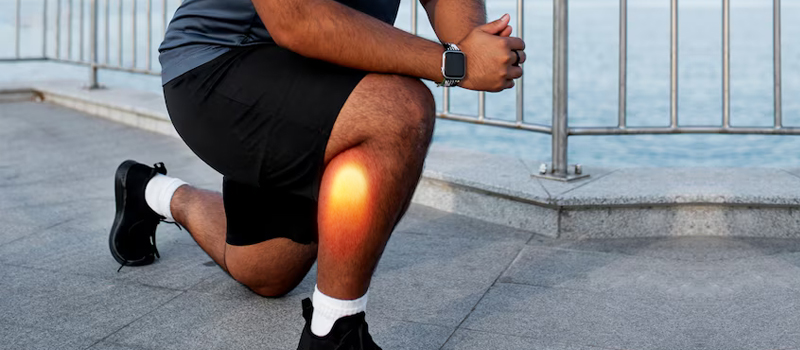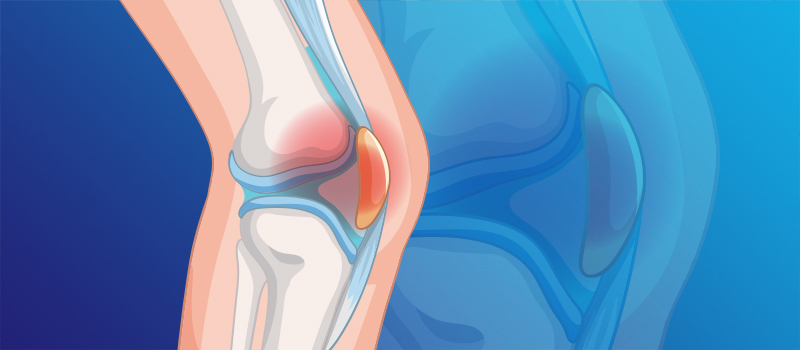Obesity is becoming a rampant issue. According to the CDC, more than 42% of Americans have a body weight in the obese category. That is almost half the population! Other than being. Apart from impacting how you look, obesity can have serious health implications. One such common problem is pain when walking.
Understanding the Pain
Why does being overweight hurt while walking? Easy. Extra weight puts more pressure on our joints, mainly affecting our knee and hip joints. Now, imagine carrying a heavy backpack around with you all day. You would experience sharp pains in your back and shoulders. The concept is the same for our joints, carrying extra body weight.

It has been documented that obese individuals are four times more likely to have knee pain. The American College of Rheumatology reveals that a majority of obese persons have chronic knee pain. That’s a lot of pain for a lot of people.
The Science Behind It
When we walk, the force our knees absorb is 1.5 times our body weight. Thus, if a person weighs 200 pounds, with every step, this person feels 300 pounds of pressure on the knees. Obese individuals carry even greater pressure on their joints, making them wear down and causing pain in the joints.
When you have weight related joint pain, it may hasten the wearing down of cartilage in the joints. Cartilage acts to cushion the ends of the bones. Without it, bones rub together, causing even more pain and swelling.
It becomes a vicious cycle: pain limits movement; with less movement, there’s more weight gain; and the more pounds gained, the more pain there is. Breaking this cycle is not easy but definitely doable.

Obesity Symptoms
Doctors use body mass index to conclude whether a person is overweight or obese. Body mass index is a measure that contrasts your weight about height. A BMI of 30 or more is characterized as obese, whereas if it falls under the range of 25-29.9, then a person is considered overweight but not obese.
Another method to determine whether or not you are at a healthy weight is to measure your waist. For a man, the high-risk level starts at a waist circumference of over 40 inches (102 centimeters), and for a woman, it is at 35 inches (88 centimeters).
The common symptoms associated with obesity include:
- Fatigue
- Joint pain
- Snoring
- Shortness of breath
- Difficulty in doing physical activities

Seeking Help
Now there is hope for those suffering from the pain of walking due to weight-related issues. Common medications include orlistat to reduce fat absorption and GLP-1 receptor agonists like liraglutide, which control appetite. Surgical interventions may include gastric bypass, modifying the digestive tract so that less food can be ingested, and gastric banding by changing the stomach size.
At Washington Vascular Specialists, we have the right treatments and procedures to reduce pain and improve movement. We present the advantages of new technologies, support staff and individual care plans. Our team is committed to ensuring a pain free life for all our patients.
If you are experiencing pain due to obesity, visit our clinic, Washington Vascular Specialists. We can help.



